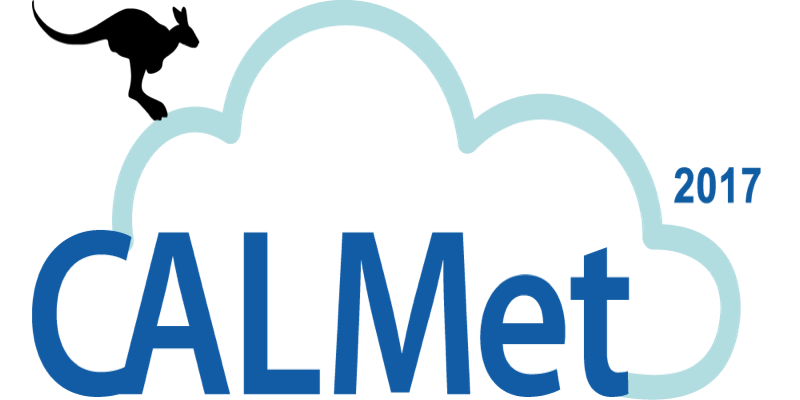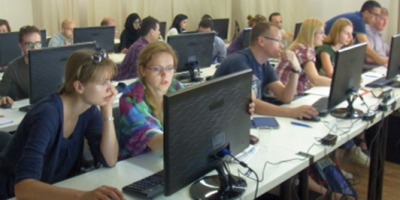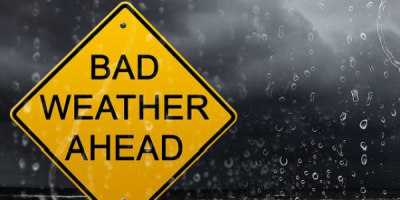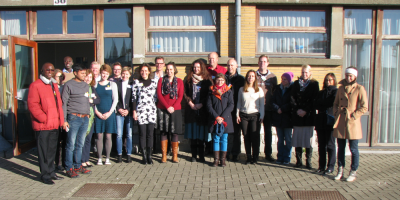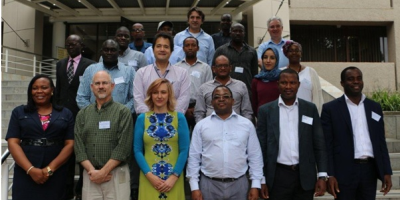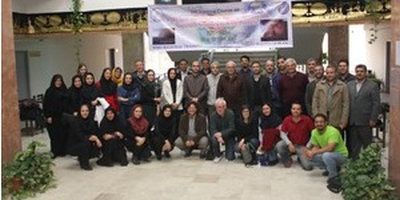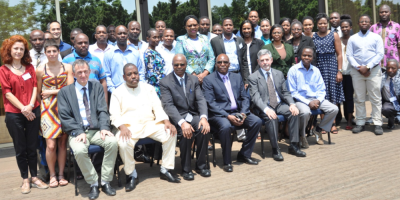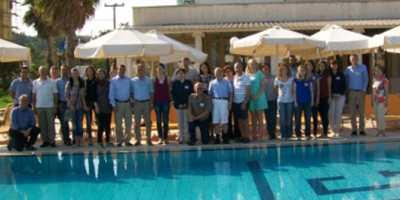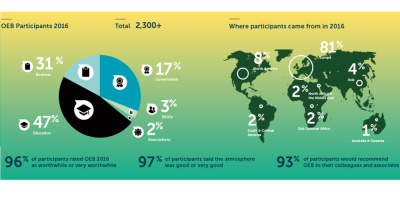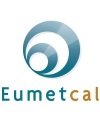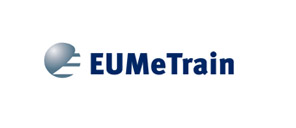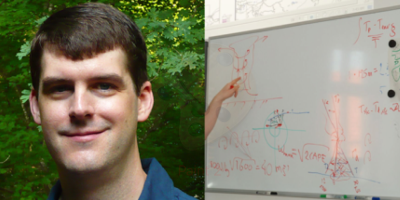
Seminar: Forecasting Severe Convection II, Dynamics and Prediction of Severe Thunderstorms
12 – 16 June 2017 / Wiener Neustadt, AustriaThis is a seminar for advanced meteorologists and experienced warning forecasters, organised by ESSL. The goal of this seminar is to provide the participants with a robust, up-to-date conceptual understanding of the governing processes and forecasting strategies.
Specific topics covered include synoptic- and mesoscale lift; the spectrum of convective storm organisation; severe weather phenomena, such as large hail and tornadoes; and ingredients-based forecasting.
The forecasting aspect is focused on assessing the overall severe convective threat over a given region, as well as nowcasting storm development —including the convective evolution once storms are underway. The morning sessions cover the background material, and in the afternoon there will be hands-on analysis and forecasting exercises using real-world cases.
The seminar is given by renowned researcher and instructor Dr Matthew D Brown Parker, of North Carolina State University (USA).
Participants will be provided with a certificate of participation at the end of the course. They may also choose to take an exam of the covered material. The result of this exam will then be provided as a testimonial.
For more information and registration, visit: this page.
